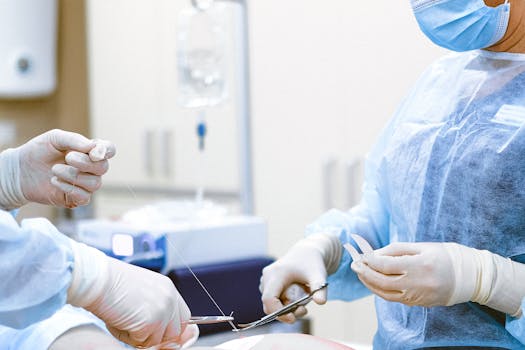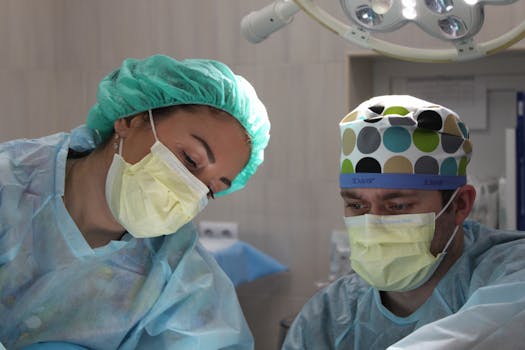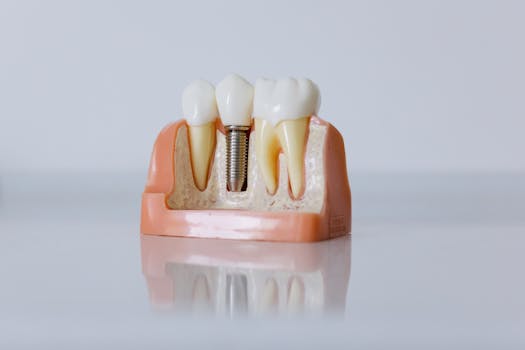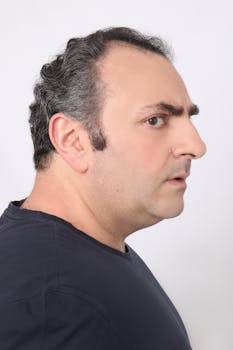Acne scars can be a source of frustration and self-consciousness for many individuals. If you’re seeking ways to improve skin texture and appearance, laser therapy for acne scars can be an effective treatment option. This blog post will explore the different types of laser therapy, what to expect during the recovery period, and potential results. Whether you’re considering this treatment for the first time or looking to enhance your skincare routine, understanding laser options can help you make an informed decision.
Understanding Laser Therapy for Acne Scars
Laser therapy for acne scars involves the use of concentrated beams of light to minimize scar tissue and stimulate skin regeneration. It can be particularly beneficial for those with deep pitted scars or discoloration resulting from past outbreaks. Some common laser treatments include ablative, non-ablative, and fractional types.
Types of Laser Therapy
There are several types of laser treatments available, each suited for different kinds of acne scars:
- Ablative Lasers: These lasers remove the outer layers of skin, promoting the growth of new skin cells. Common types include CO2 and Erbium lasers.
- Non-Ablative Lasers: These penetrate deeper layers without damaging the surface, encouraging collagen production to improve scars internally. They are often less invasive.
- Fractional Lasers: This treatment targets only a fraction of skin at a time, minimizing recovery time while still promoting healing and rejuvenation.
Discuss with a dermatologist to decide which type is most appropriate for your skin type and scar severity.
Laser Pimple Removal and Its Benefits
While laser therapy for acne scars is a focused application, laser treatments are also used for active pimple removal. This involves targeting acne lesions to reduce inflammation and hasten healing. Benefits of this approach include immediate reduction in lesion size and decreased occurrence of future breakouts.
When considering laser pimple removal, an assessment by a skincare specialist is crucial to ensure safety and efficacy, as improper treatment could lead to increased scarring.
Recovery Process
The recovery time after laser therapy for acne scars can vary based on several factors, including the type of laser used, the intensity of treatment, and individual skin responses. Here are some general expectations:
- Ablative Laser: Requires 1-2 weeks of downtime, during which the skin may appear red and swollen.
- Non-Ablative and Fractional Lasers: Typically result in minor redness and peeling, with quicker recovery times of a few days to a week.
Post-treatment care is essential to ensure optimal results and minimize risks. This includes avoiding direct sunlight, using gentle skincare products, and staying well-hydrated. For more sustainable skincare practices, consider exploring eco-friendly skincare options.
Expected Results
Improvements in skin texture and tone are common outcomes of laser therapy for acne scars. Many patients notice a visible reduction in scar depth and discoloration after several sessions. It’s important to manage expectations, as complete removal of scars may not be possible. Consistent follow-up treatments and maintenance may be required for sustained results.
Potential side effects may include temporary redness, swelling, and, rarely, infection or pigmentation changes. Consulting a qualified dermatologist ensures proper care before, during, and after treatment to minimize risks.
Consulting with Professionals
Before embarking on laser therapy, it is vital to consult with a licensed dermatologist. They can assess your skin type, severity of scarring, and determine the most fitting treatment plan. This ensures that all individual factors, including potential interactions and skin sensitivities, are considered.
Further, a skilled practitioner can guide you in setting realistic expectations about the results and inform you of any alternative treatments that may suit your needs better. For a comprehensive understanding of health treatments, you can visit this informative resource.
Conclusion
Laser therapy for acne scars offers promising improvements for many seeking to enhance their skin’s appearance. Its ability to reduce the prominence of scars and rejuvenate skin makes it a compelling option. As you weigh your options, keep in mind the importance of professional guidance and realistic expectations. Whether opting for ablative, non-ablative, or fractional lasers, the goal is to achieve healthy, confident skin.
- Laser therapy can reduce the appearance of acne scars.
- Different lasers meet different skin and scar needs.
- Recovery times vary, with a focus on post-treatment care.
- Consulting a dermatologist is crucial for optimal results.
- Consider sustainable skincare options as part of your regimen.
Frequently Asked Questions
What is the most effective laser for acne scars?
The most effective laser type depends on individual skin needs and scar severity. Consultation with a specialist is recommended to determine the best option.
How painful is laser therapy for acne scars?
Most patients experience mild discomfort during the procedure, akin to a rubber band snapping against the skin. numbing creams are often used to minimize pain.
How many sessions are required to see results?
Improvement is typically seen after 3 to 5 sessions, though this can vary based on scar depth and skin response.
Are there any risks associated with laser therapy?
While generally safe, potential risks include redness, swelling, infection, and pigmentation changes. Choosing a reputable provider reduces these risks.
Can laser therapy completely remove acne scars?
Laser therapy significantly diminishes the appearance of scars but may not completely remove them. Results vary per individual.






